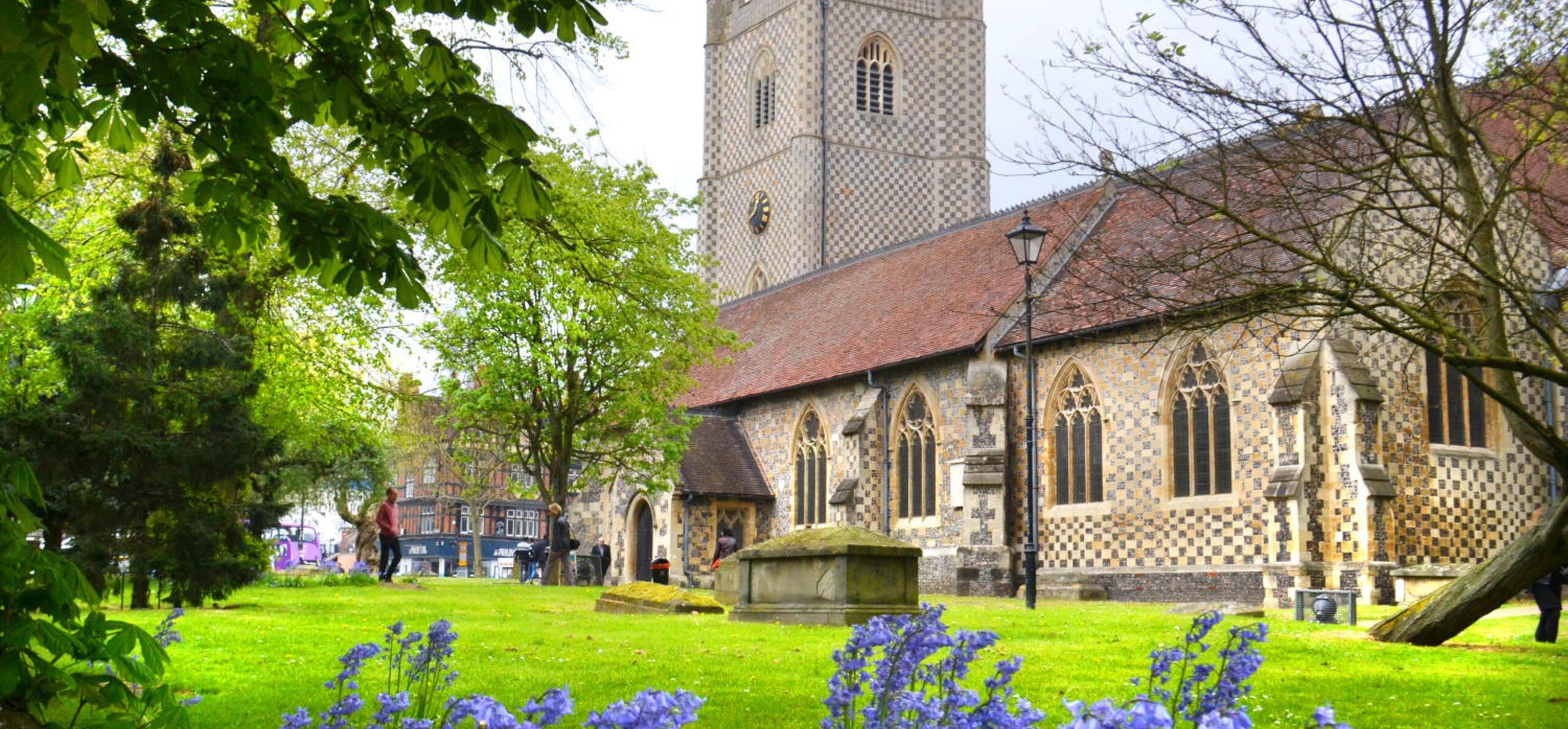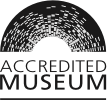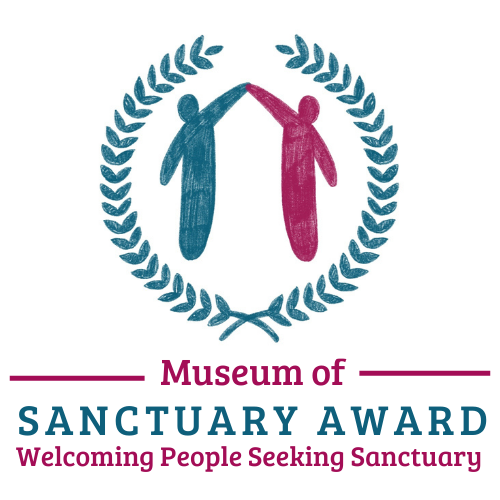Over 100 years before King Henry I founded Reading Abbey in 1121 there was another monastery located in Reading; a nunnery probably established by a member of an Anglo-Saxon royal family. It was most likely located at Reading’s Minster church - the town's oldest place of worship.
After the Anglo-Saxon kingdoms converted to Christianity in the seventh century, Anglo-Saxon royal families founded monasteries in significant numbers. The leaders of these abbeys were often royal widows and daughters.
In this blog we also look at the ongoing Reading University archaeological investigations downstream at Cookham, and an Anglo-Saxon burial mound in Slough.
Reading’s Saxon abbey
Documentary evidence suggests that Reading’s female religious community was probably created in the mid to late tenth century, during either the reign of either King Edgar (959-978 AD) or King Ethelred II (978 - 1013). Leofrun was its abbess in the early part of eleventh century, and its last abbess was probably Leveva, who in 1066 is recorded as holding the Minster church along with eight hides of land in the Domesday Book.
Reading’s nunnery was certainly extinct by 1071 when King William I granted the Minster church and lands to his new abbey at Battle in Sussex, founded to commemorate his 1066 victory at the Battle of Hastings over King Harold (England’s last Anglo-Saxon ruler). In 1121 the Minster church and its lands were given by King Henry I to his newly founded Reading Abbey. However, the link to Battle Abbey is still remembered by local place-names such as Battle Library, Battle School, and Battle ward in west Reading.
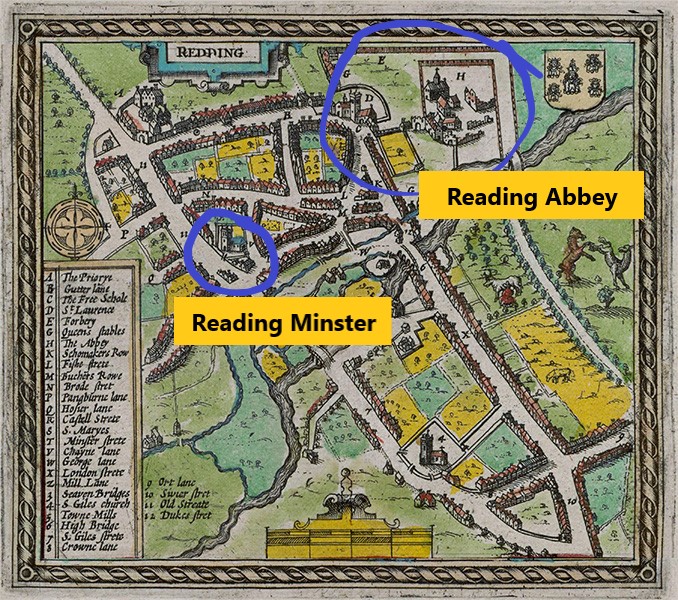
Map of Reading (Speed 1610) showing the location of Reading Minster (Saxon origin) and Reading Abbey (Norman, 1121)
Cookham’s Saxon abbey
We can get an impression of what Reading’s Anglo-Saxon nunnery would have been like thanks to current archaeological excavations at another middle Thames monastery, just over 15 miles downstream at Cookham in Berkshire. Reading University is investigating this Anglo-Saxon site, uncovering houses, workshops, and a cemetery, along with an abundance of artefacts from the eighth and ninth centuries.
Cookham Abbey lies in the grounds of Cookham’s later medieval Holy Trinity parish church (also a Minster church dating back to eighth century). It is being excavated by a team headed by Dr Gabor Thomas, a leading expert in Early Medieval archaeology. This work has shown that the monastery at Cookham was more than just a centre of worship and religious learning. It was also an economic hub for production and trade, supported by a huge estate producing food and other resources for the monastery. The abbey increased its wealth by making and trading goods, such as metalwork, cloth and leather goods, along the Thames to markets on the English coast and continental Europe.
It was probably founded by a member of an Anglo-Saxon royal family. Certainly, one of the Abbess of Cookham was Cynethryth, Queen of Mercia, the widow of King Offa. Offa was arguably one of the most significant characters of this period, who held power over vast swathes of Britain in the eighth century. Cynethryth was an important figure in her own right as Offa’s co-ruler. She corresponded and exchanged gifts with Charlemagne and the Pope and is the only known Anglo-Saxon queen consort in whose name coinage was issued. Cynethryth became abbess of Cookham after Offa’s death in 796AD until her own death after 798AD.
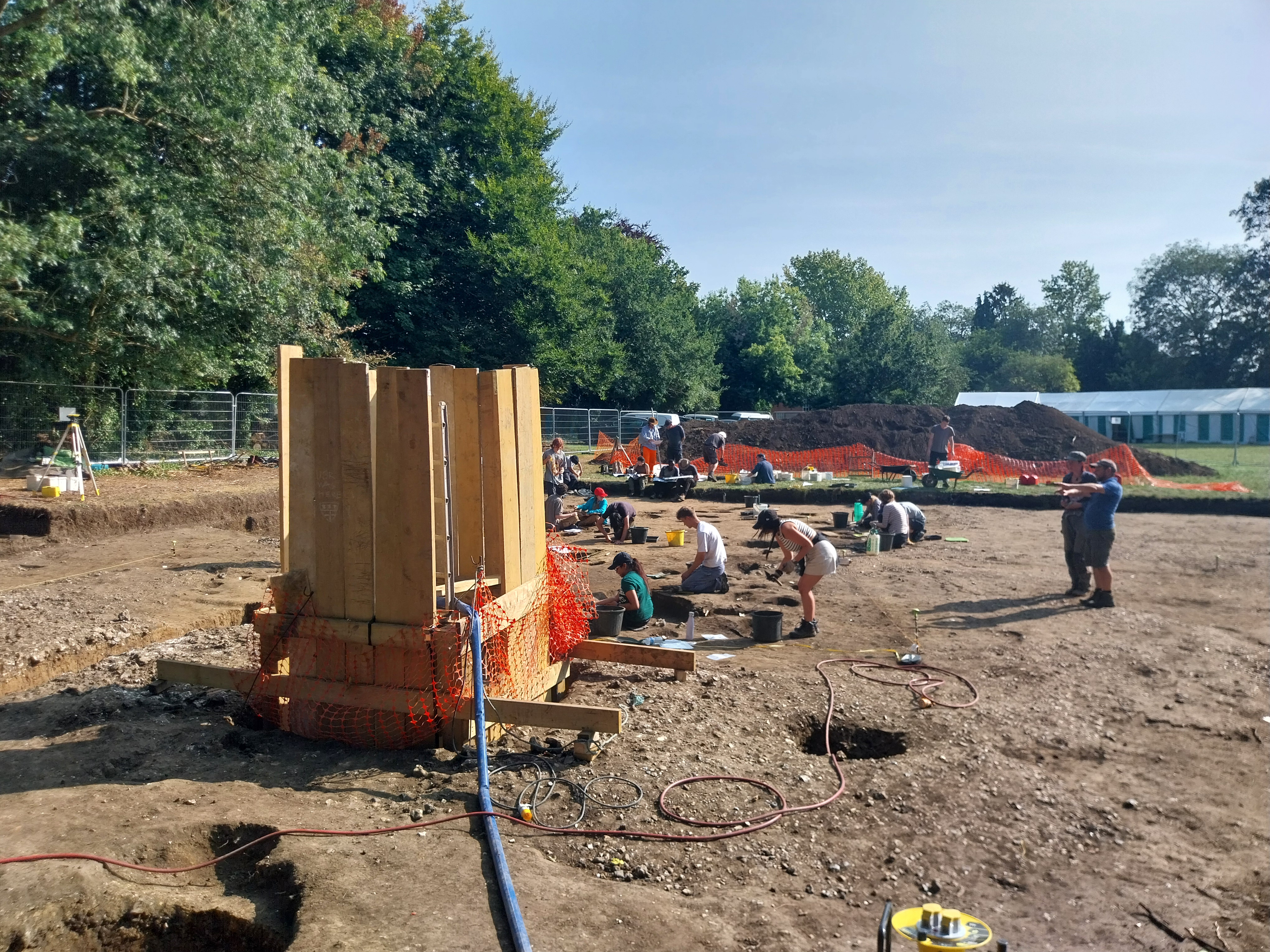
Reading University archaeologist excavating at Cookham Abbey in 2024
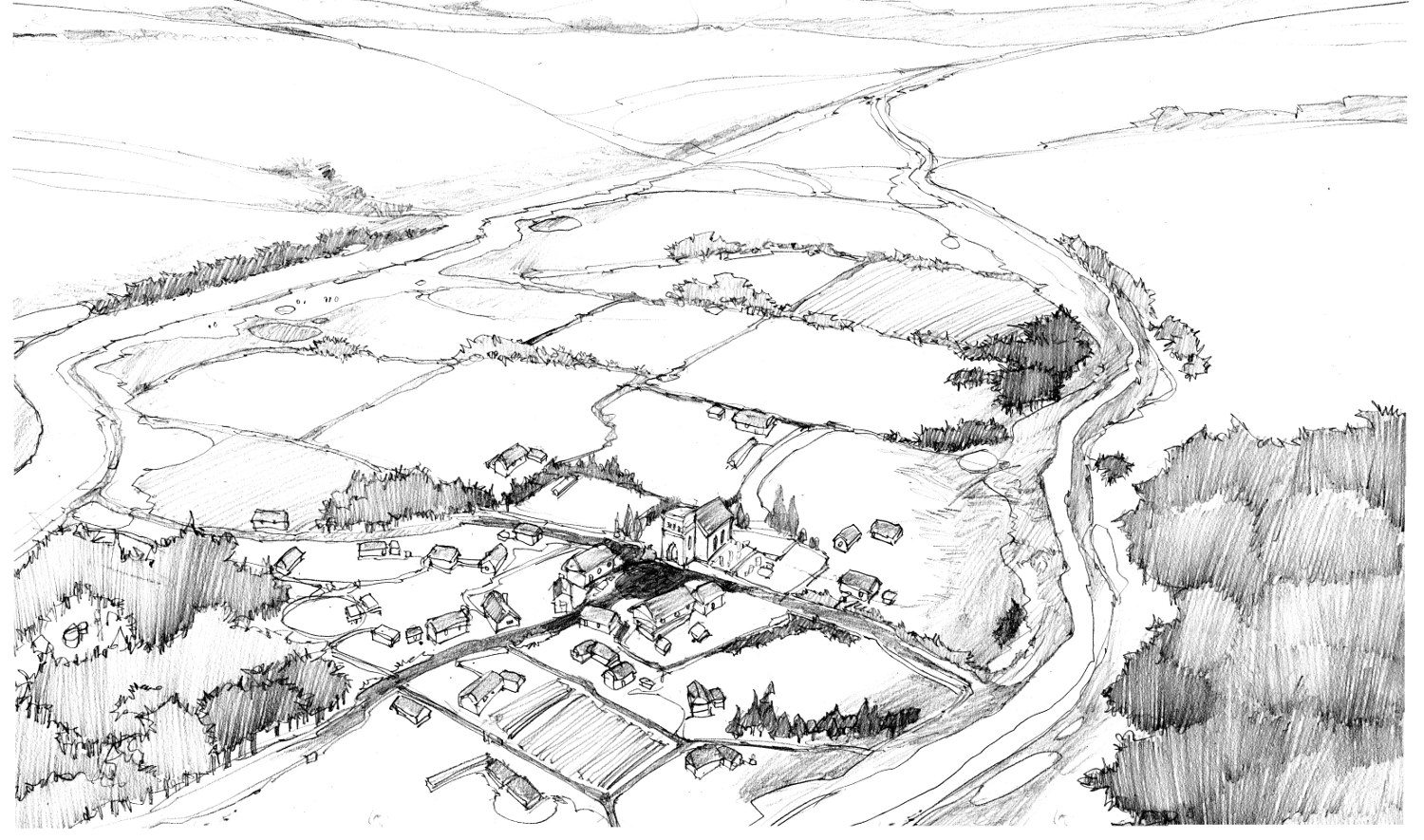
An artist's impression of late Saxon Reading clustered around the Minster Church and market at the crossroads, now St Mary's Butts, on a gravel headland between the River Thames and River Kennet
Reading oldest church – the Minster
Reading Minster (also known as St Mary’s church) is one of over 30 important Anglo-Saxon church sites that were founded between seventh and eleventh centuries along the length of the River Thames, from its upper reaches in Gloucestershire to its mouth in Kent and Essex. Minsters were the most important church in an area, usually with wider pastoral or administrative responsibilities, sometimes with monasteries attached (as at Cookham and Reading). They were often located on headlands or islands within the river valley, and from the ninth century they frequently attracted urban growth in places like Reading and Oxford.
The high number of minster churches in the Thames valley reflect the importance of the Thames in the Anglo-Saxon period. It was the often-contested border between the kingdoms of Mercia and Wessex and was also a significant political and economic gateway to London, Kent, and the wider world.
It seems likely that Reading’s Minster was a ninth century foundation, to which the nunnery was added in tenth century. Reading was first recorded as a royal vill, the administrative centre of a large royal estate, in 870-871 AD, when the Viking army overwintered there. It is likely that the Minster church had been established by this date, as a hoard of silver pennies dating to before 875AD was found inside a stone coffin containing human remains at the Minster’s churchyard in 1839. This hoard consisted of coins of Burgred, King of Mercia from 852 to 874AD, and Ceolnoth, Archbishop of Canterbury, 833-870AD. The Vikings wintered at Reading again in 1006. Read our blog about the Vikings in Reading to discover more about this period.
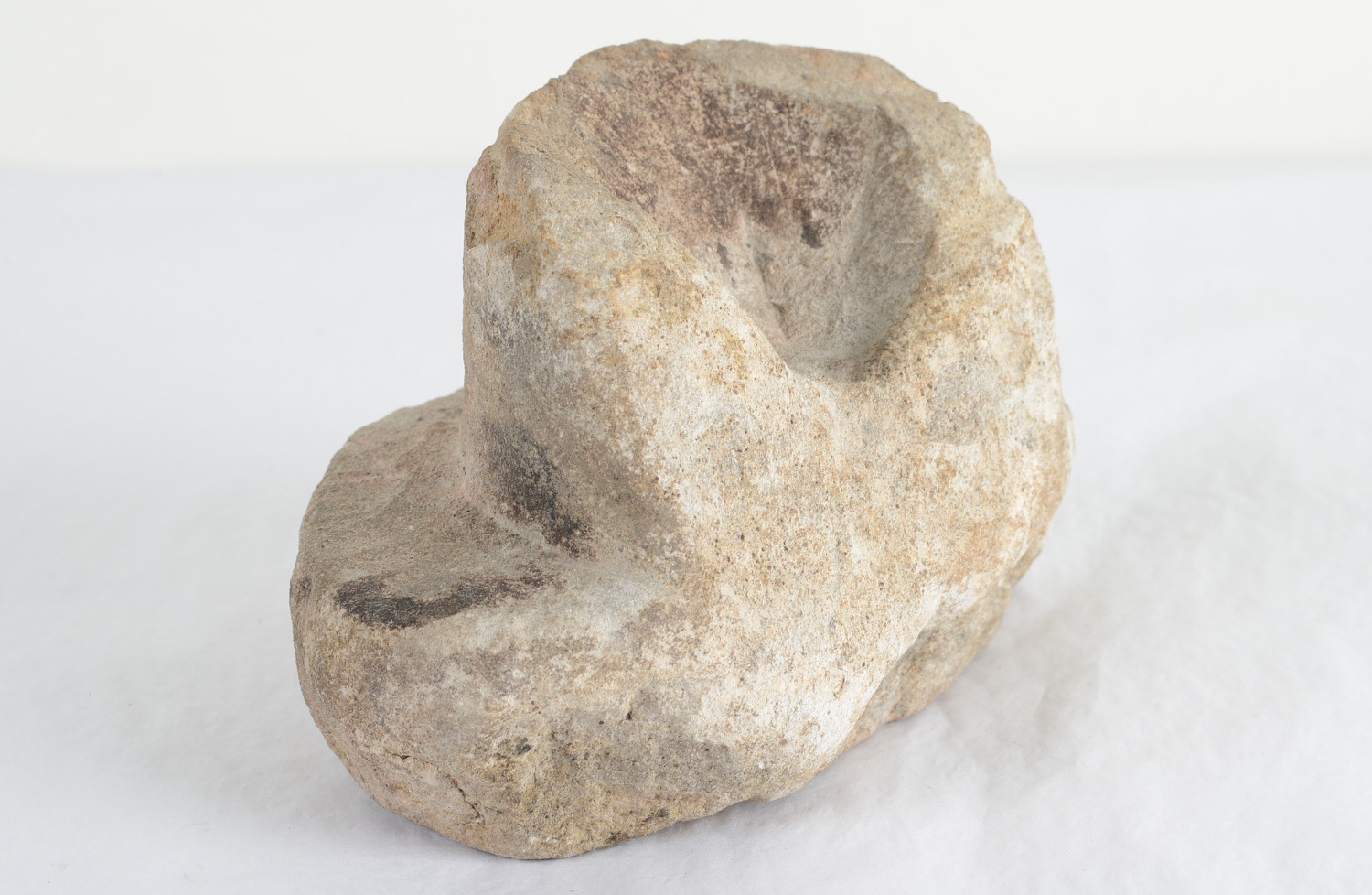
A damaged 11th century stone oil lamp excavated at The Oracle centre site in 1997, it probably came from the nearby Minster (museum object no. 1996.195.ST815)
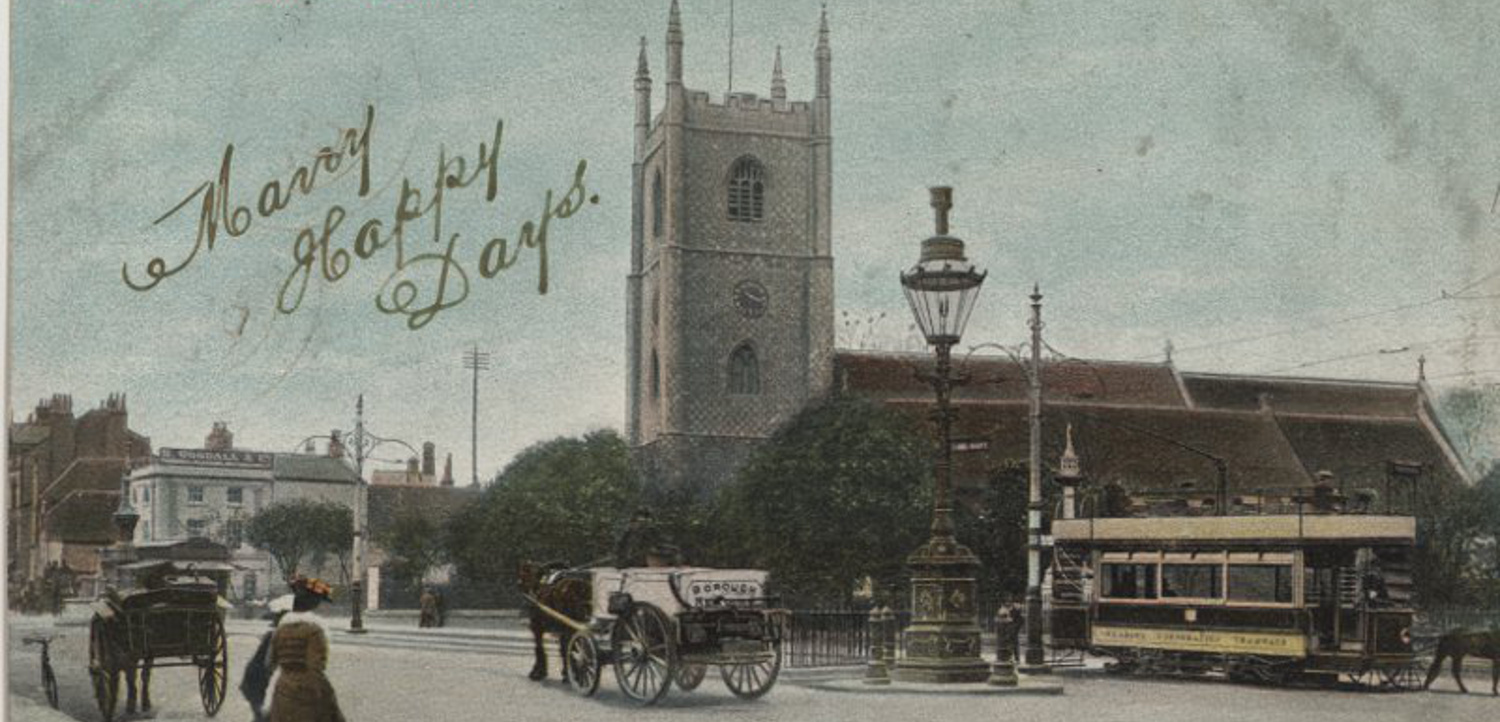
St Mary's Minster Church in the 1900s - this was once Saxon Reading's market place
Postscript - Saxon Slough and Museums Partnership Reading
Reading Museum is also part of Museums Partnership Reading with The MERL. We were delighted to be awarded Museums of Sanctuary status last year as part of the national City of Sanctuary campaign.
We also support partners in neighbouring Slough, including Slough Libraries working towards Libraries of Sanctuary. This also includes our partnership with Slough Refugee Support who were hosted by the Friends of the Cookham Abbey Dig on a site visit as part of the National Archaeology Festival in July 2025.
In addition to a tour of the site, talks from the University of Reading archaeology team and getting hands on in the finds tent, families also took part in a treasure hunt, learnt about runes and listened to Anglo Saxon music played live by a local musician. We also visited the community allotment to discover more about Anglo-Saxon plants used for medical purposes, and make connections and get inspiration for the Slough Refugee Support allotment in Slough.
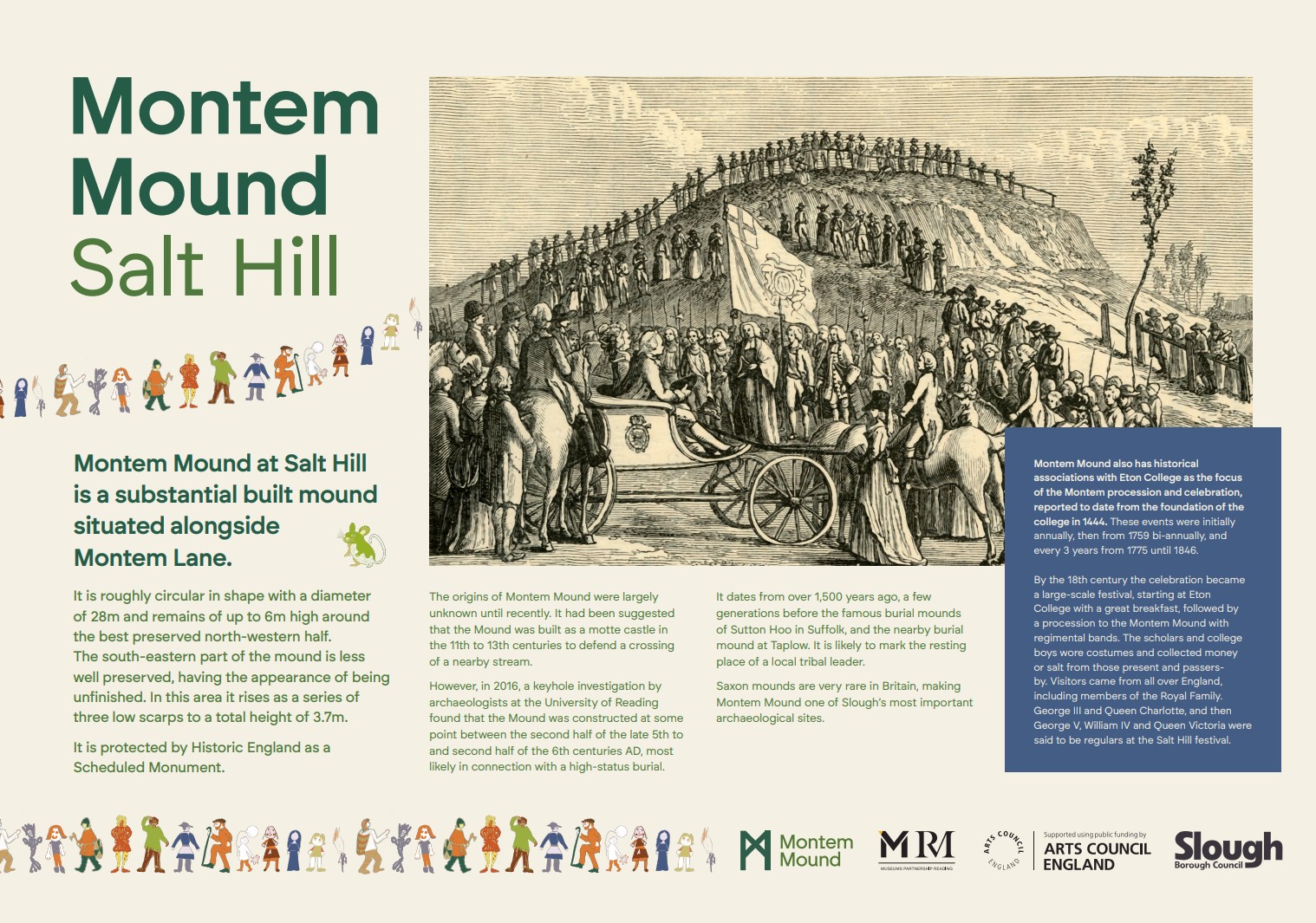
Montem Mound, Slough - new interpretation panel
Montem Mound - an Anglo-Saxon burial site
Archaeologists at the University of Reading have also found that the 20-foot high Montem Mound in central Slough is a rare Anglo Saxon burial site, built 1,500 years ago. About the same time as the famous burial mounds of Sutton Hoo in Suffolk, and the nearby burial mound at Taplow (just over the River Thames from Cookham), it is likely to mark the resting place of someone of high status.
Museums Partnership Reading are working on the interpretation of the Montem Mound to share information about Slough’s history, offer more opportunities for more people to engage with heritage and build a sense of place and identity with Slough communities.
References
John Blair 1996, ‘The Minsters of the Thames’ in The cloister and the world : essays in medieval history in honour of Barbara Harvey; edited by John Blair and Brian Golding
Brian Kemp 1966, The foundation of Reading abbey and the growth of its possession and privileges in England in the twelfth century. Volumes 1&2. University of Reading Ph.D. thesis
Berkshire HER – HER Number: 02101.00.000 - - Early medieval coffin and coin hoard - St Mary's Churchyard, Reading, Berkshire - accessed 20/8/2024
Cookham Abbey website - www.cookhamabbey.org.uk - accessed 24/6/2025
